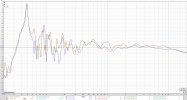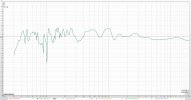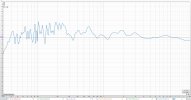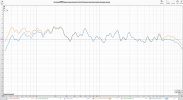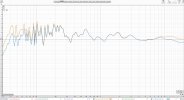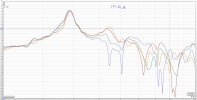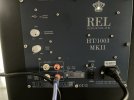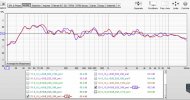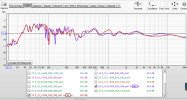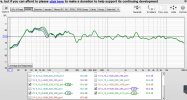I wouldn't run full range. You will run into the same problems. You will get a different bass response if the left speaker is playing the bass, compared to the right speaker, or whether the sub is playing the bass and different with the many combinations between them
In small home sized rooms we deal with room modes where there will be peaks and dips based on the room dimensions and shape. In the perfect rectangular sealed room it is easy to predict where these happen and there are a number of calculators for room modes. If you have some measuring device even a phone with a signal generator and a Real Time Analyzer and you can play piano noise through your receiver or process and walk the room and you will see a different bass response in the various seating locations. Move the sub and those responses will change.
It takes a little work to find good sub and seating placement as well as integrate the sub with the speakers. Once those all come together you will have great sound.
In small home sized rooms we deal with room modes where there will be peaks and dips based on the room dimensions and shape. In the perfect rectangular sealed room it is easy to predict where these happen and there are a number of calculators for room modes. If you have some measuring device even a phone with a signal generator and a Real Time Analyzer and you can play piano noise through your receiver or process and walk the room and you will see a different bass response in the various seating locations. Move the sub and those responses will change.
It takes a little work to find good sub and seating placement as well as integrate the sub with the speakers. Once those all come together you will have great sound.

